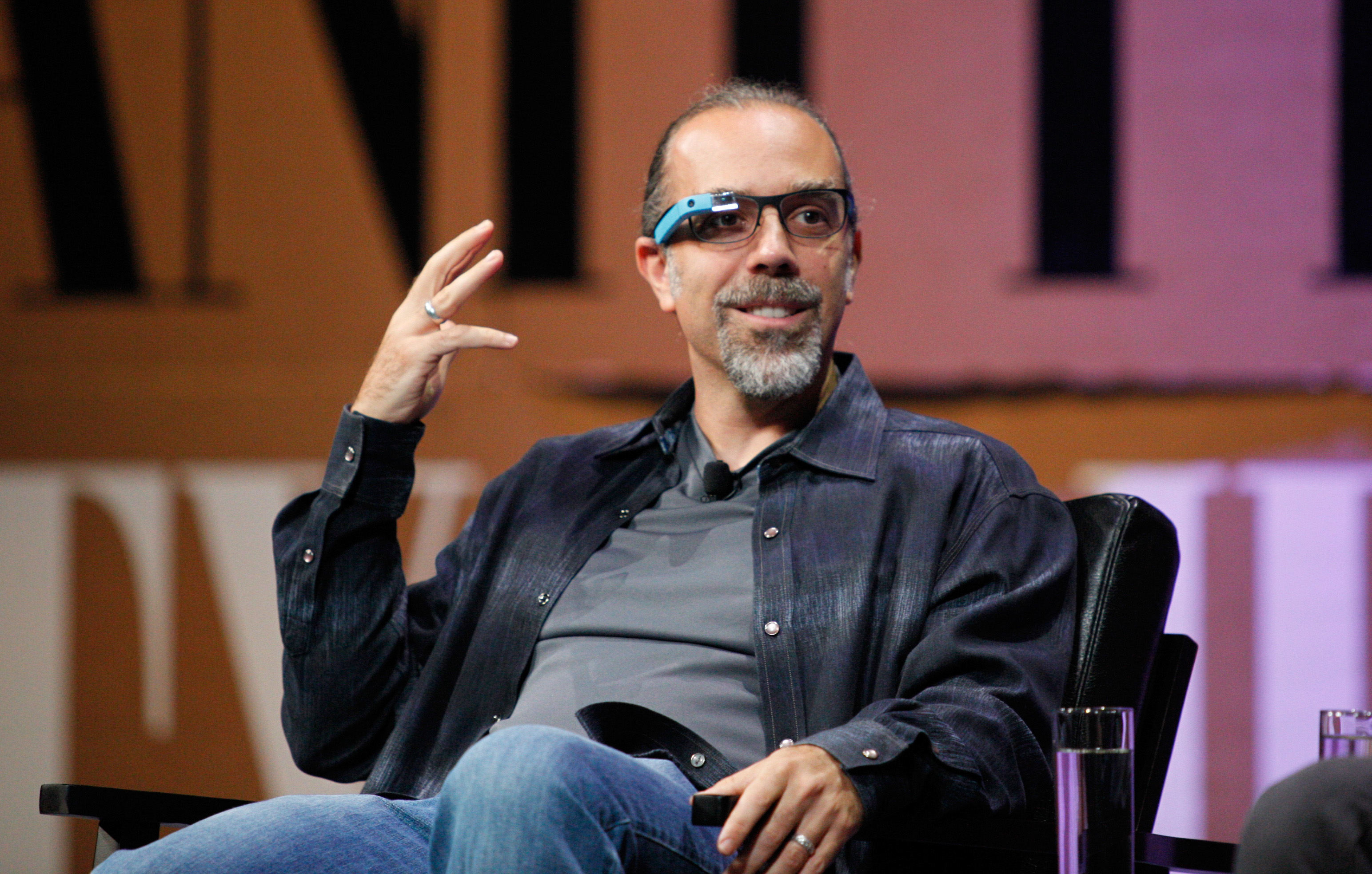Engineered Architecture should have been the perfect project for Google’s moonshot program: a bold idea, a brilliant architect, and an ambitious plan to reshape one of the world’s fundamental industries. But only about a year after the venture began at Google X, it split apart, and within months branched off into an independent business called Flux Factory without Attia’s involvement. Now, Attia says the new company is profiting off his work, and he’s making his case in a million-dollar trade secrets lawsuit against both Flux and Google, naming Larry Page and Sergey Brin as personal defendants.
The case is a window into one of the most idealistic and secretive arms of the Google empire, raising new questions about how Google X manages intellectual property. Did Google steal Attia’s ideas, or did it simply move on without them? Were Google X’s ambitions a cover for a mercenary business deal, or just a pretense for the lawsuit? And as Flux Factory looks to change the construction industry, are they building on someone else’s ideas?

Attia’s biggest advantage in the suit is his reputation as an architect, built up through decades of high-profile projects. While working for Philip Johnson in the ‘70s, he conceived and designed California’s famous Crystal Cathedral, before spinning off his own firm and designing the landmark skyscraper at 101 Park Avenue in New York City. He became the face of a new geometrically minded school of architecture, lecturing at Harvard, Columbia, and the Museum of Modern Art and taking on projects from Seattle to Tel Aviv. In 1982, a New York Times critic described his style as “blending his love for architecture and his love for mathematics to come up with highly innovative geometric designs in his buildings.” Attia says Engineered Architecture was born out of a similar impulse, a desire to automate the complex challenges of architecture and engineering.
At its core, Engineered Architecture provides a set of as many as 100 different modular design blocks that can be combined into “any and every conceivable form,” as Attia describes it. A 2008 patent application lays out a series of blocks that can set different curves for the outer wall of a building. (The patent was later abandoned, but a petition to renew it has been revived.) But Attia says Engineered Architecture is more than a simple design tool, that it extends to the pre-design, fabrication, and construction of the building itself. In the complaint, it is referenced as “a revolutionary process poised to change the face of architecture and construction around the world.”
Attia says he started looking for a partner for the Engineered Architecture system in 2010, hoping to transform it into a next-generation architecture software. That ambition brought him to the attention of Astro Teller, who had recently co-founded Google X, the company’s secretive research branch. Google X was still new, but Attia says Teller was looking for “an idea to change the world,” and thought Engineered Architecture might fit the bill.
Soon after his correspondence with Teller, Attia gave a talk at Google’s Mountain View headquarters, kicking off a long courtship with Google’s top executives. Attia describes a string of meetings with Larry Page, Sergey Brin, and Google X co-founder Sebastian Thrun. The leadership team seems to have been smitten by Attia’s ambitious ideas and by the architect himself. “The short answer is, I’ve become a believer in this,” Teller wrote to Larry Page, Sebastian Thrun, and another executive in an email obtained by The Verge. Teller then laid out options to either fund the project or “help me decide this idea is stupid and we walk away from it.” In the summer of 2010, Google moved ahead, beginning talks with Attia about a Google X architecture project called “Genie.” It was one of the first projects X would take on, and Attia was part of the original team, eventually joined by a project lead named Nicholas Chim who was pulled from within Google. At the same time, Attia began designing a house for Thrun, work that would continue long after he parted ways with Google.

What was the goal of Project Genie? According to Attia, the goal was to simply translate the Engineered Architecture system into software. Through his lawyers, Attia quotes Teller saying, “[Eli] invented the technology, and he’s here to translate his brain into software.” Attia didn’t have the software expertise or business infrastructure to make Engineered Architecture into a successful software product, so he looked to Google X to provide it. Given his considerable fame as an architect, he expected to be calling the shots on the architecture side.
Google and Flux haven’t filed any legal answer to Attia’s complaint, but the team seems to have viewed Genie differently, with Attia’s tools as just one of many avenues to follow. (Google X declined to comment.) Even though he had been part of Genie from its earliest stages, Attia’s employment documents describe him as just a consultant, and Genie had another architect, Michelle Kaufmann, on board from the beginning. Attia may have been crucial to the initial vision — or, more likely, crucial to convincing Google brass to fund the project — but the final product seems to have expanded beyond the work of designing buildings. Like any speculative startup project, Genie had to be more agile than that, grasping for a way to translate good tools and a disruptable industry into a workable business model.
The evolution of Project Genie may have also put it at odds with the rest of Google X. After five months, Genie was turning into a suite of market-oriented software tools, organizing information for architects and developers rather than shaping the buildings themselves. Meanwhile, Google X seemed increasingly interested in ambitious hardware projects like self-driving cars and Google Glass, which may have left the software-oriented Genie as the odd man out. It’s unclear exactly how the decision was made, but as 2011 drew to a close, it became clear Genie’s days at Google X were numbered. According to the complaint, Astro Teller sent Attia an email on December 7th to let him know the project was finished. “I’m very sorry Genie will end,” Teller said. “It would have been a great thing to make for the world.”
But it wasn’t entirely the end. Genie wasn’t the moonshot hardware project that Google X wanted, but it could still make for a viable business. Chim began drafting a business plan and meeting with investors, hoping to keep the project alive. Attia seems to have been cut out of those plans from the beginning, leading to some awkward moments as Google X’s involvement in the project wound down. The group worked in an open office with glass-walled meeting rooms, and Attia describes returning to the office early one day, only to find the rest of the group in an unscheduled meeting. When he walked in to see what was happening, he was met with awkward silence. “Everybody abruptly stopped talking and exchanged glances with each other for what seemed to be a couple of minutes before Chim called the meeting off,” Attia says.
The signs were clear enough. In a phone call from Thrun the day before New Year’s Eve, Attia got official word that the project was continuing without him. “Genie is spinning out, it’s spinning out without you unfortunately, and that is that,” Thrun told him. “It’s a miserable situation…but there is nothing I can do about it.”
The new company was called Flux Factory, with Chim as CEO and Teller serving on the board. By now its goal seemed distinct from what Engineered Architecture offered. Flux’s first product focused on gathering information about zoning and local ordinances, a completely different task from the modular design system described in the Engineered Architecture documents. Attia’s scheme was a system for designing buildings, but Flux seems to be design-agnostic, creating tools that can be useful no matter how the architect approaches his craft. In an interview in November, Chim described Flux as providing decision support for developers, “computing key metrics such as construction cost and life-cycle operating cost in near real time.”
But Attia isn’t convinced the projects are all that different. When I asked what elements of Engineered Architecture he saw in Flux, Attia’s reply (through his counsel) was simple: “Everything. Nothing was left behind. Nothing was added. Nothing was changed. Every specific aspect of Engineered Architecture is included in the Google/Flux presentations.”
In the three years since the end of Project Genie, Google X has spun off more ideas into standalone Google projects, from Google Brain’s AI research to Google Glass’s new consumer version. As those projects have spun out, X has tackled even more ambitious schemes, building self-flying drones and Wi-Fi balloons. But Genie is still the only project to spin off into a standalone business.
In the meantime, Flux is focused on the usual worries of an ambitious but cash-strapped startup. Their first product, Flux Metro, launched in October. It’s an urban planning tool, aggregating and visualizing the local government’s claim to any future buildings on a given plot of land. It’s planned as just the first of many products. Construction is a billion-dollar industry, and the company says Flux can have just as big an impact as higher-profile Google projects like Loon or Glass — that is, once the legal woes are sorted out. “We’re busy building much needed collaboration infrastructure for the construction industry,” a company representative told The Verge, “and have no additional comments at this time.”
Engineered Architecture: The moonshot that missed - The Verge

No comments:
Post a Comment